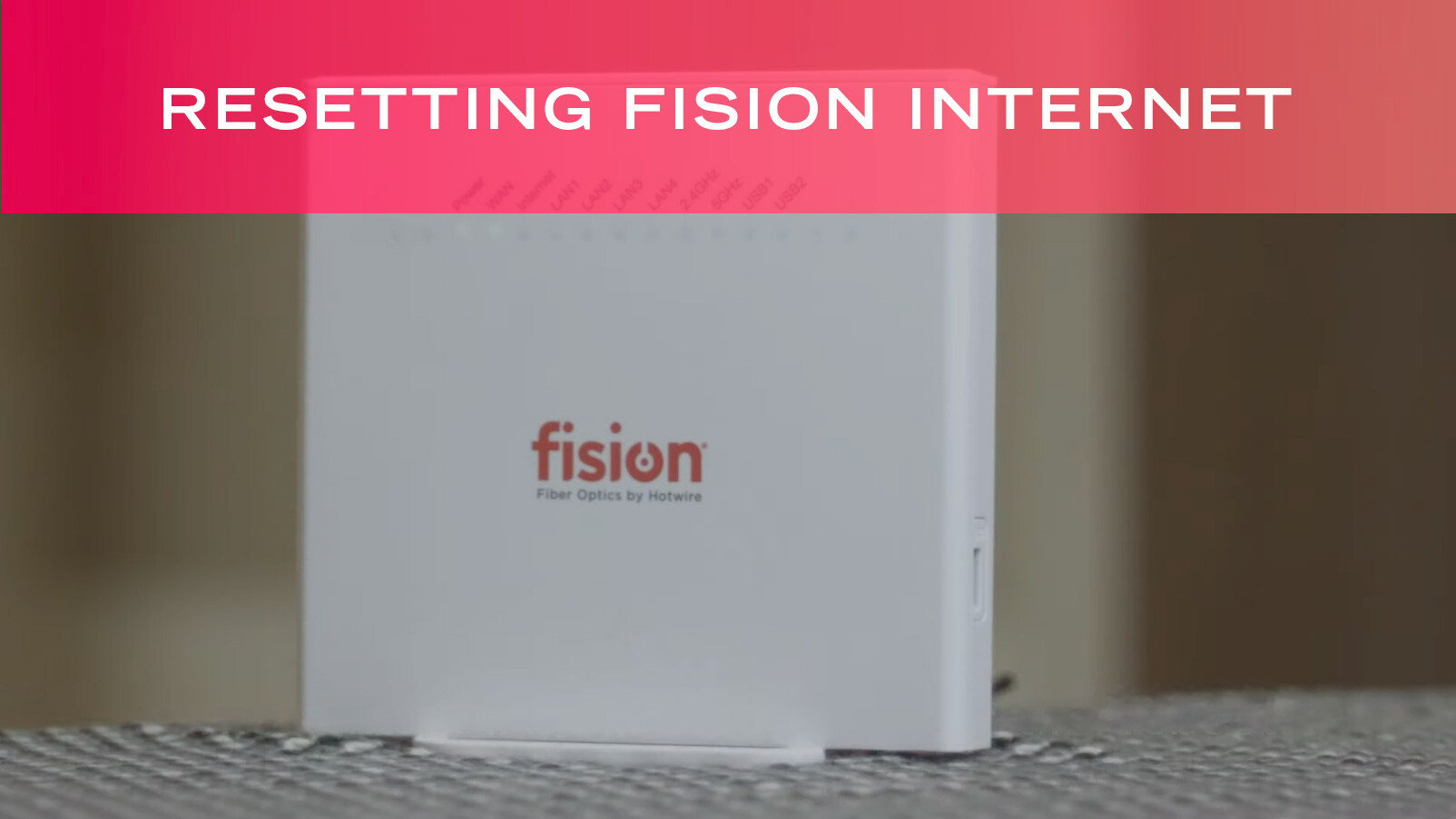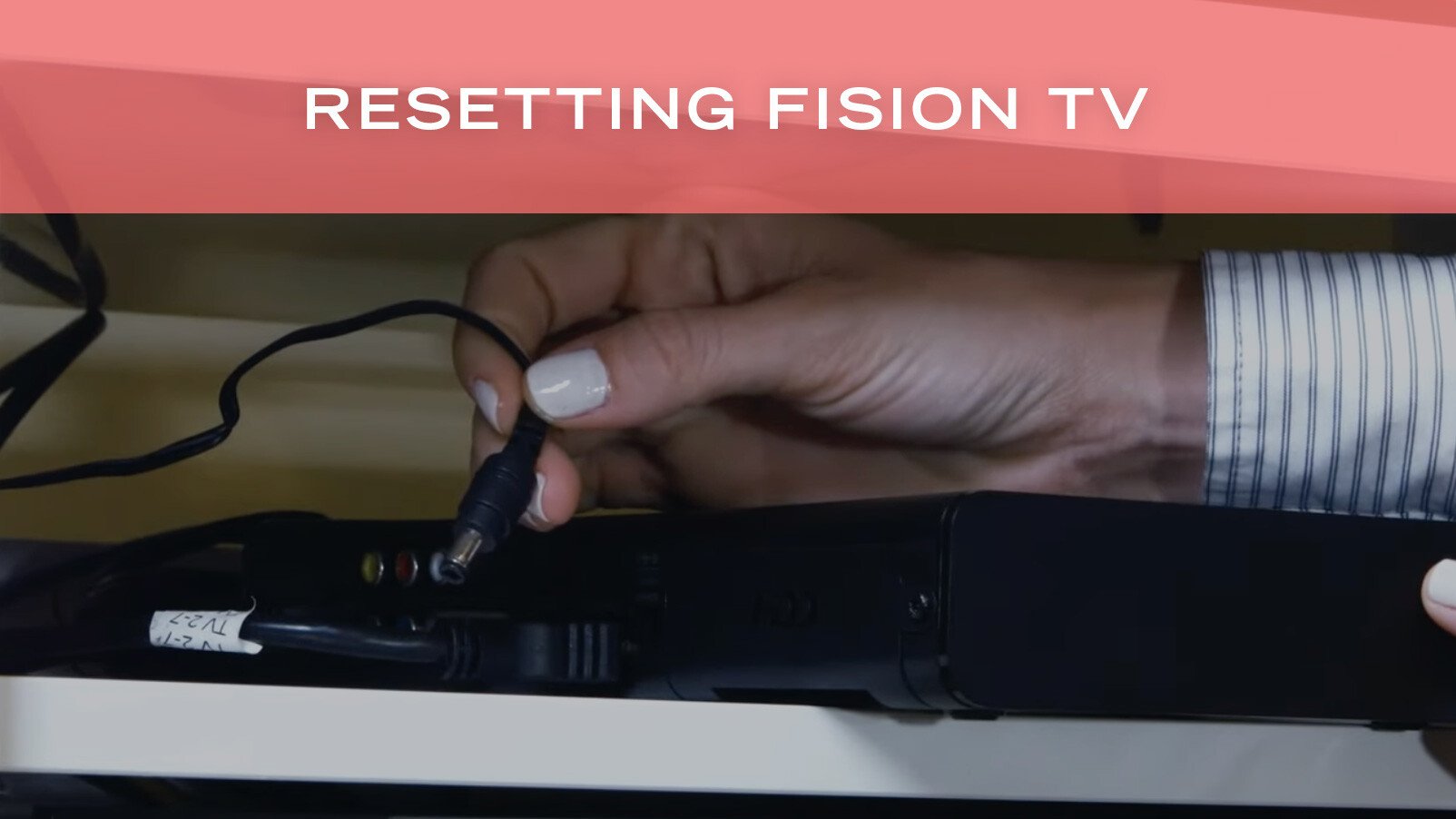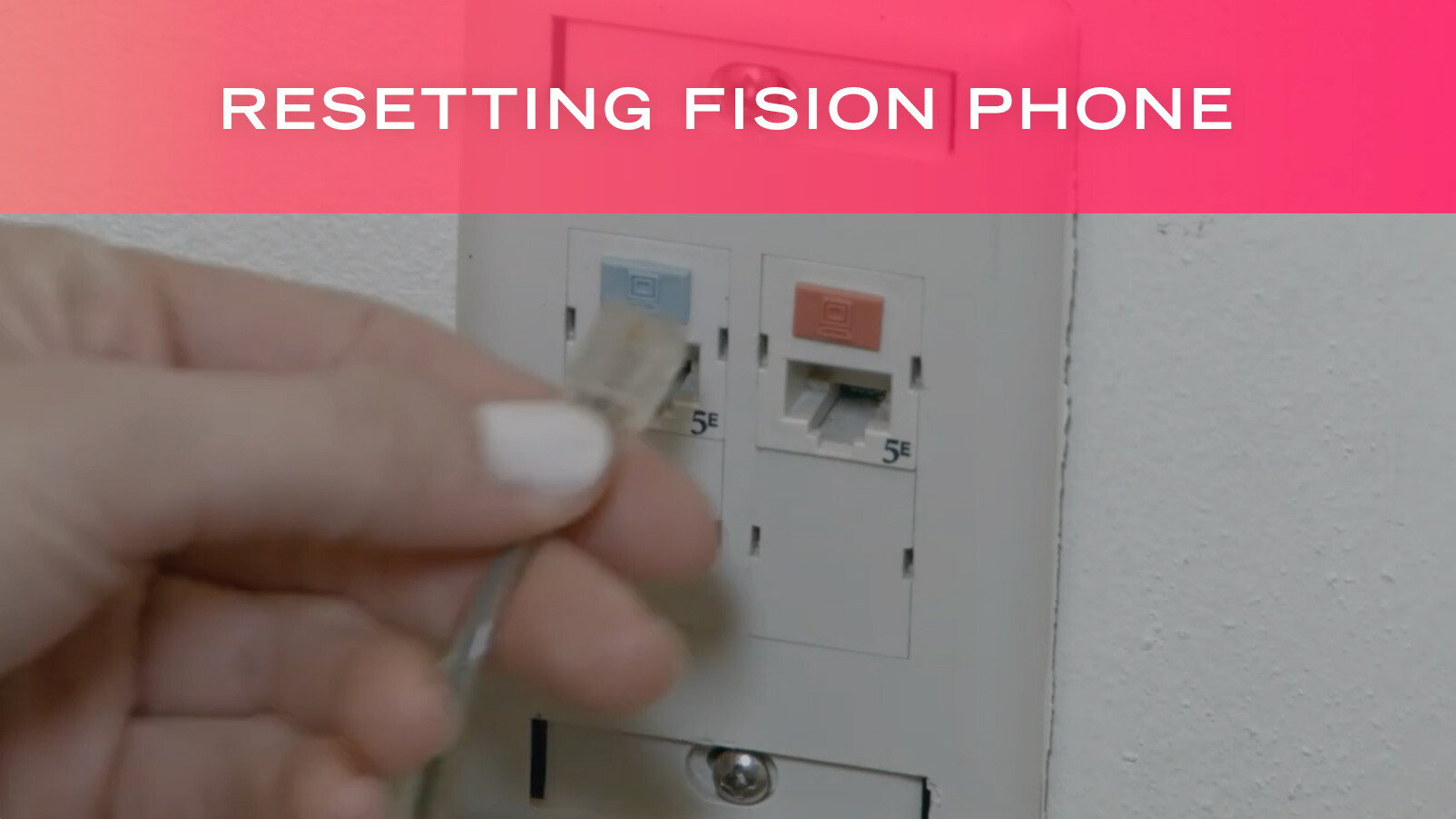We’re prepared, are you?
Learn how we ensure your safety and service continuity before, during, and after hurricanes.

Services will remain operational as long as power is on.

Our fiber-optic network is designed to withstand extreme weather.

Network engineers monitor the network 24/7 from our Category 5 hurricane-proof facility

Customer Care Centers will be staffed 24/7, even during storms.

Predictive monitoring tools are used to anticipate and address issues proactively.
Our Fision Response Team
- Strategically located throughout Hotwire’s national footprint and ready to travel to threatened areas, ensuring prompt support for immediate post-storm restoration efforts.
- Takes proactive measures to protect our critical infrastructure from possible flooding and freezing.
- Utilizes a preparation checklist to assign designated roles and responsibilities of our teams, along with strategies to manage operations during natural disasters.
- Implements a chain of command to ensure business and operations continue uninterrupted throughout the weather event.
- We keep emergency supplies on hand, such as gas, generators and sandbags, that are ready to be deployed once it is safe for the Hotwire team to be on the road.
- Maintain constant communication, and conduct community and employee check-ins to assess damages and begin any necessary restorative measures.

Real-Time Weather Updates
Preparation Efforts
- Network Reinforcement: We proactively strengthen our fiber-optic network
- Reinforcing Infrastructure: Enhanced protection for fiber-optic lines to withstand high winds and flooding.
- Backup Systems: Installation of backup power systems at critical network points to maintain service during power outages.
- Maintenance Checks: Ensuring network reliability
- Routine Inspections: Regular checks and maintenance of fiber-optic network and equipment.
- Protective Measures: Applying protective coatings and installing conduits to safeguard fiber-optic cables.
Customer Guidance
- Develop a Plan: Create a family emergency plan, including communication strategies and evacuation routes.
- Emergency Kit: Gather essential supplies such as water, non-perishable food, medications, and important documents.
- Emergency Contacts: Set up a list of emergency contacts and share it with family members.
- Device Charging: Keep mobile devices, battery backups, and power banks fully charged.
Operational Measures
- Network Monitoring: Continuous real-time monitoring of our fiber-optic network.
- Rapid Response Teams: Deployment-ready teams to address any network issues swiftly.
- Updates: Receive real-time updates through text messages, emails, and our social media channels.
- Storm Tracker: Utilize our interactive storm tracker to monitor the hurricane’s progress and impact on our service areas. https://www.nhc.noaa.gov/
Safety Tips for Customers
- Local Emergency Services: Have contact information for local emergency management offices readily available.
- Customer Service Hotline: Reach us at 800-355-5668 for any service-related inquiries.
Restoration Efforts
- Rapid Assessment: Use of tools and field teams for quick damage assessment.
- Priority Repairs: Prioritizing repairs based on the extent of damage and the number of affected customers.
We’ll Keep You Updated
- Estimated Timelines: Providing estimated restoration times based on damage assessments.
- Progress Updates: Regular updates on our website gethotwired.com or Fision App
Benefits of fiber-optic technology against weather and natural conditions
Water Resistance
Made of non-conductive glass or plastic fibers, fiber-optic cables are resistant to water and moisture, unlike copper cables that can short-circuit when wet.
Wind Resistance
Lightweight and flexible, fiber-optic cables are less prone to damage from high winds and less likely to be dislodged compared to bulkier cables.
Temperature Tolerance
Operates efficiently across a wide range of temperatures without significant signal degradation.
Non-Conductive Nature
Fiber-optic cables do not carry electrical current, eliminating fire hazards and reducing the risk of electrical shocks, making them safer to install and maintain.
Important resources
Texas Division of Emergency Management
Call (512) 424-2208
Visit https://tdem.texas.gov/
Shelters and Relief — Texas provides real-time shelter information during disasters via the American Red Cross or the Texas Hurricane Center.
Local Resources — Local county websites and the State of Texas Emergency Assistance Registry for those needing assistance during evacuations.
Florida Division of Emergency Mangement
Call (850) 815-4000
Visit www.floridadisaster.org/
Shelters and Relief — Up-to-date shelter information can be found at Florida Disaster Shelter Status during active events.
Local Resources — Florida’s Disaster Preparedness Guide includes detailed emergency information, evacuation routes, and contact numbers.
California Governor's Office of Emergency Services
Call (916) 845-8510
Visit www.caloes.ca.gov
Shelters and Relief — California typically deals with wildfires more than hurricanes, but emergency shelter info can be accessed through the Red Cross Shelter Map.
Local Resources — Local emergency information can also be accessed via CA Alert for real-time updates.
North Carolina Division of Emergency Management
Call (919) 825-2500
Visit https://www.ncdps.gov/our-organization/emergency-management
Shelters and Relief — North Carolina operates the NC Shelter Finder App which provides information during hurricanes.
Local Resources — NC Disaster Information Center offers comprehensive disaster preparedness info.
South Carolina Emergency Mangement Division
Call (803) 737-8500
Visit https://www.scemd.org/
Shelters and Relief — Information available at SCEMD Shelters.
Local Resources — The SCEMD website provides disaster recovery information and a guide on hurricane preparedness.
Nevada Division of Emergency Management
Call (775) 687-0300
Visit https://dem.nv.gov/
Shelters and Relief — Nevada is not typically affected by hurricanes but preparedness information for other disasters is available on their website.
Local Resources — Nevada 211 offers guidance on local disaster resources.
Pennsylvania Emergency Mangement Agency
Call (717) 651-2001
Visit www.pema.pa.gov
Shelters and Relief — Local disaster relief by Red Cross Pennsylvania.
Local Resources — Real-time alerts and emergency info can be accessed via Alert PA.
Arizona Department of Emergency and Military Affairs
Call (602) 267-2700
Visit https://dema.az.gov/
Shelters and Relief — Primarily focused on heatwaves and wildfires; hurricane resources are not typically needed.
Local Resources — Disaster preparedness information can be found on the Arizona Emergency Information Network.
Georgia Emergency Management and Homeland Security Agency
Call (404) 635-7000
Visit https://gema.georgia.gov/
Shelters and Relief — Updated shelter locations during hurricanes are provided at Georgia Hurricane Response Hub.
Local Resources — Georgia Disaster Info offers resources on what to do before, during, and after a hurricane.
Frequently asked questions
What will happen to my Hotwire Services if my home loses power?
Your equipment should boot back up when the power returns, however if it does not you may need to reboot your box. To reboot your box simply unplug the power from the wall, wait 30 seconds and plug it back into the wall.


